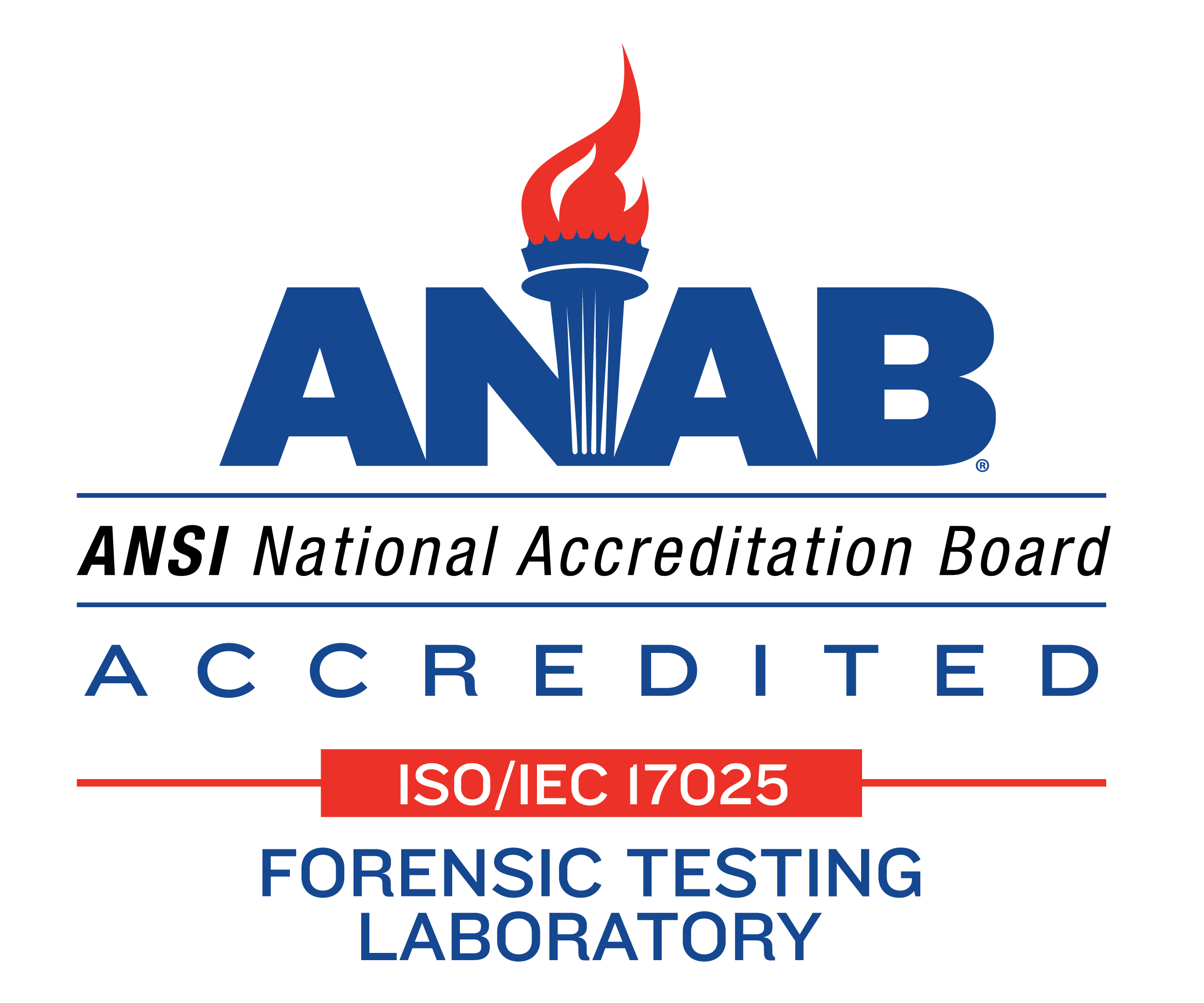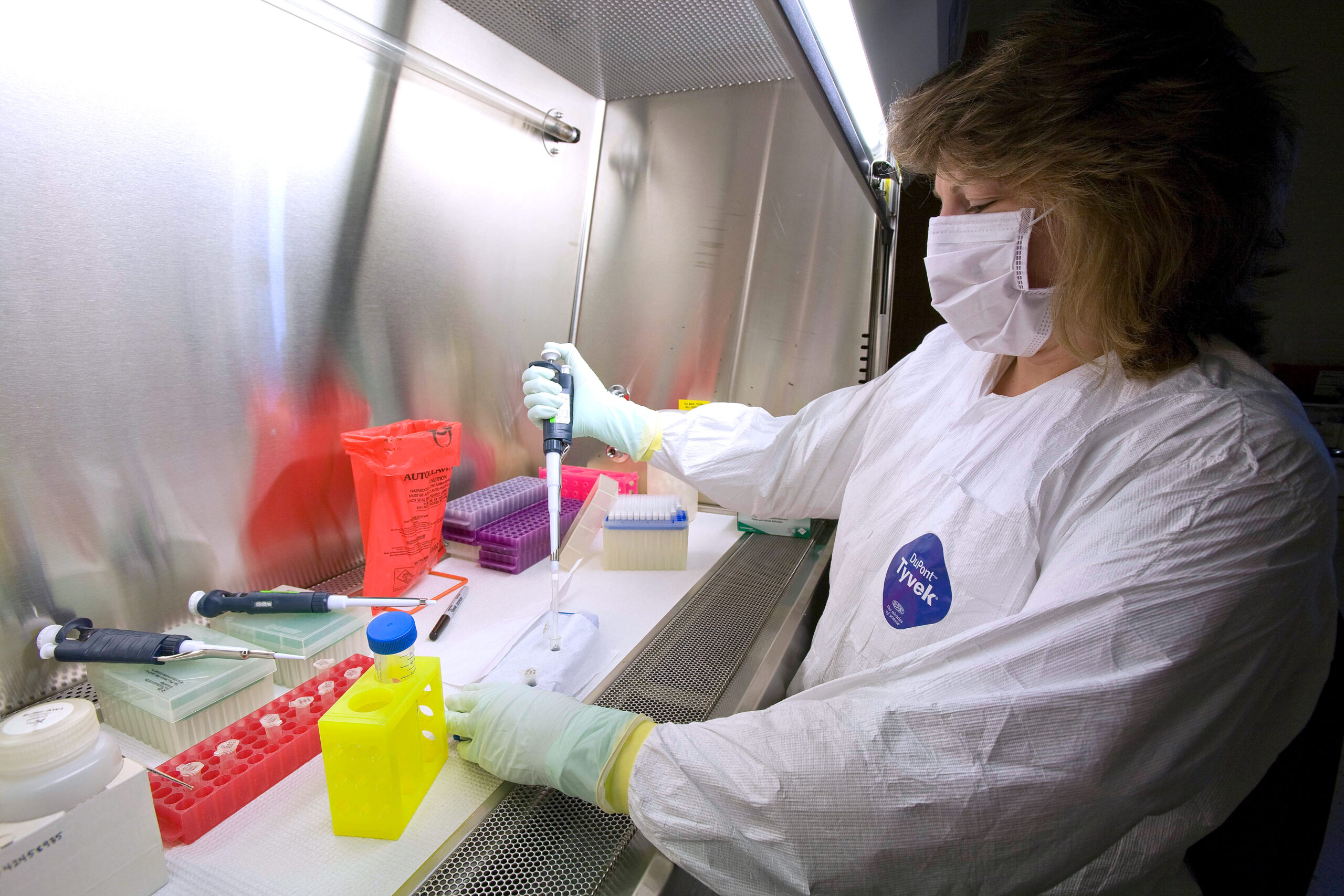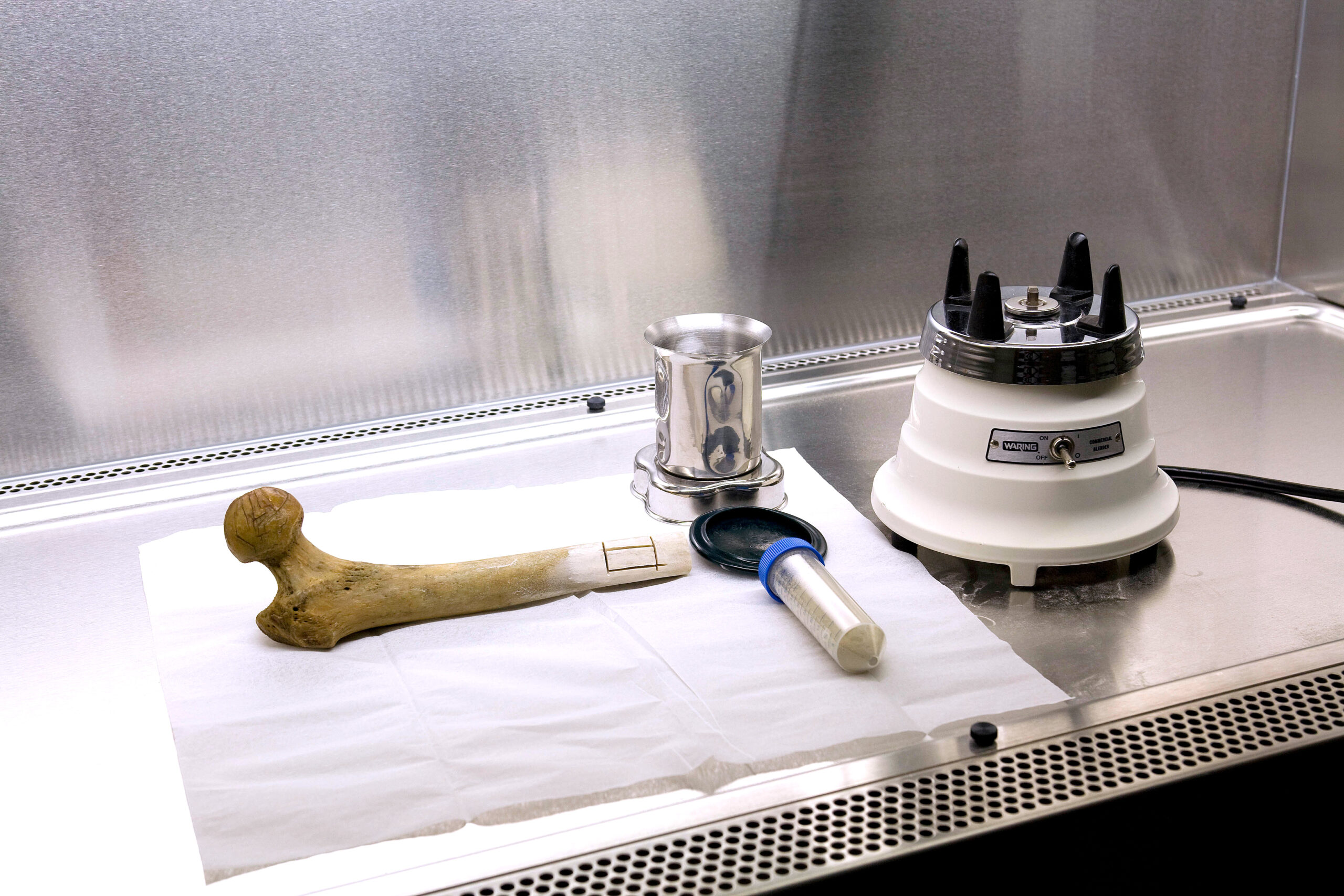Our 95% Forensic Mitochondrial DNA Analysis Success Rate makes us the Gold Standard
Your FIRST STOP for challenging forensic DNA samples.

Mitochondrial DNA Analysis is Our Only Focus
The new Mitotyping Technologies is solely devoted to the forensic applications of mitochondrial DNA (mtDNA) analysis. We are one of the oldest and most experienced group of scientists devoted to this forensic and anthropological DNA specialty, having worked on criminal, civil, exoneration and federal cases in 50 states and 13 foreign countries and have testified over 200 times in mtDNA cases for both the prosecution and defense teams.

Global Scope
Years
Countries
Testified
US States
Cases

Challenge Us With Your Most Difficult Evidence!
Proprietary Extraction
Our proprietary extraction techniques have a proven success rate of 95.5% with hair samples as small as 2mm, degraded bone and teeth evidence…so the next time you are faced with challenging evidence, challenge us! We will handle your case in the most expeditious manner with the leading scientific know-how!

Ancient DNA Methodology
Mitochondrial DNA Analysis of shed hairs and hair fragments is our specialty. We have a 95.5% success rate in developing profiles from hairs of all ages and sizes. For highly degraded samples, we offer an “ancient DNA” approach. Each sample is analyzed individually to account for its specific analytical needs.
Click here to read our peer-reviewed article in Investigative Genetics.

Typical Evidence Samples Handled:
Hair in the hand of a homicide victim
Shed pubic hairs in sexual assault
Hair in discarded crime scene masks or clothing
Skeletal remains in missing persons case

Photographs above taken by Chip Clark from the Smithsonian Institution.
Did You Know?



Degraded Skeletal Remains
Mystery of Texas Outlaw Unraveled
We Recover mtDNA from 95.5% of Hairs
Mitochondrial DNA analysis is typically applied to degraded skeletal remains and telogen or rootless hairs. Data on the application of the method to very small hairs less than 0.5 cm from an age-matched and -challenged sample set are lacking.
Outlaw Wild Bill Longley twice cheated the noose, but popular Texas folklore that he got away a third time is proved wrong with help from Mitotyping Technologies.
Please see our January 2005 publication in Journal of Forensic Sciences about our five years of casework experience with hair analysis. Our protocols for working with degraded DNA give us a superior recovery rate for mtDNA in challenged samples.
